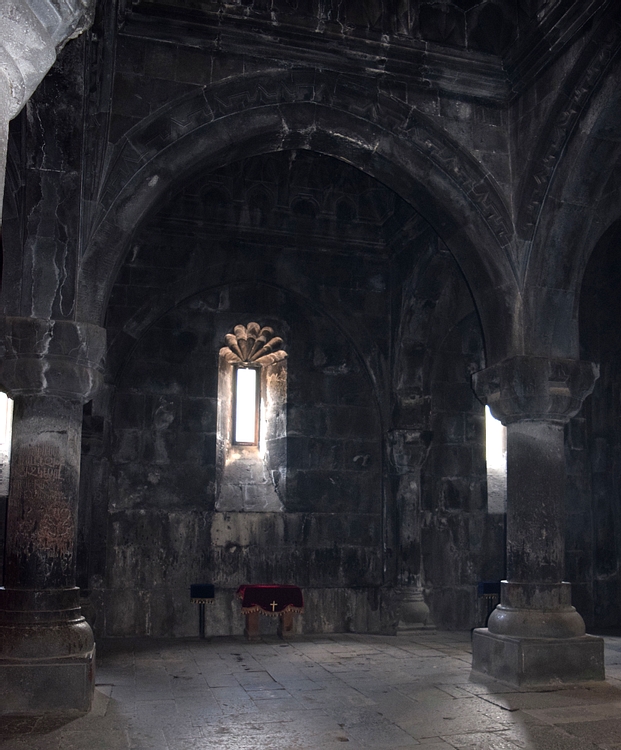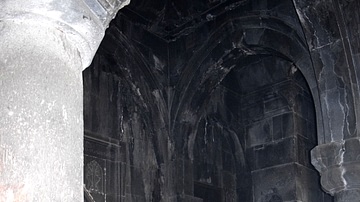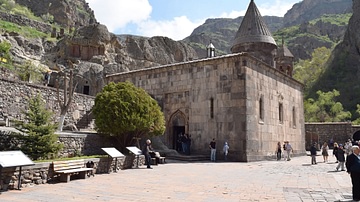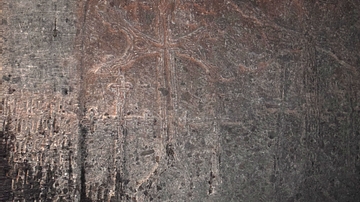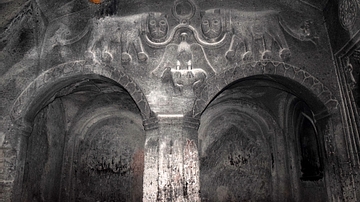Server Costs Fundraiser 2024
Illustration
At its height in the 13th century CE, Geghard Monastery in what's present-day Armenia benefited from the patronage of Armenian and Georgian princely families, and it was a pilgrimage site. Among its reliquaries were supposedly the spear used by a Roman soldier to pierce the body of Jesus Christ as well as a wooden fragment said to have been a part of Noah's Ark.
About the Author
Cite This Work
APA Style
Wiener, J. B. (2018, April 09). Geghard Monastery's Interior. World History Encyclopedia. Retrieved from https://www.worldhistory.org/image/8588/geghard-monasterys-interior/
Chicago Style
Wiener, James Blake. "Geghard Monastery's Interior." World History Encyclopedia. Last modified April 09, 2018. https://www.worldhistory.org/image/8588/geghard-monasterys-interior/.
MLA Style
Wiener, James Blake. "Geghard Monastery's Interior." World History Encyclopedia. World History Encyclopedia, 09 Apr 2018. Web. 25 Jul 2024.

